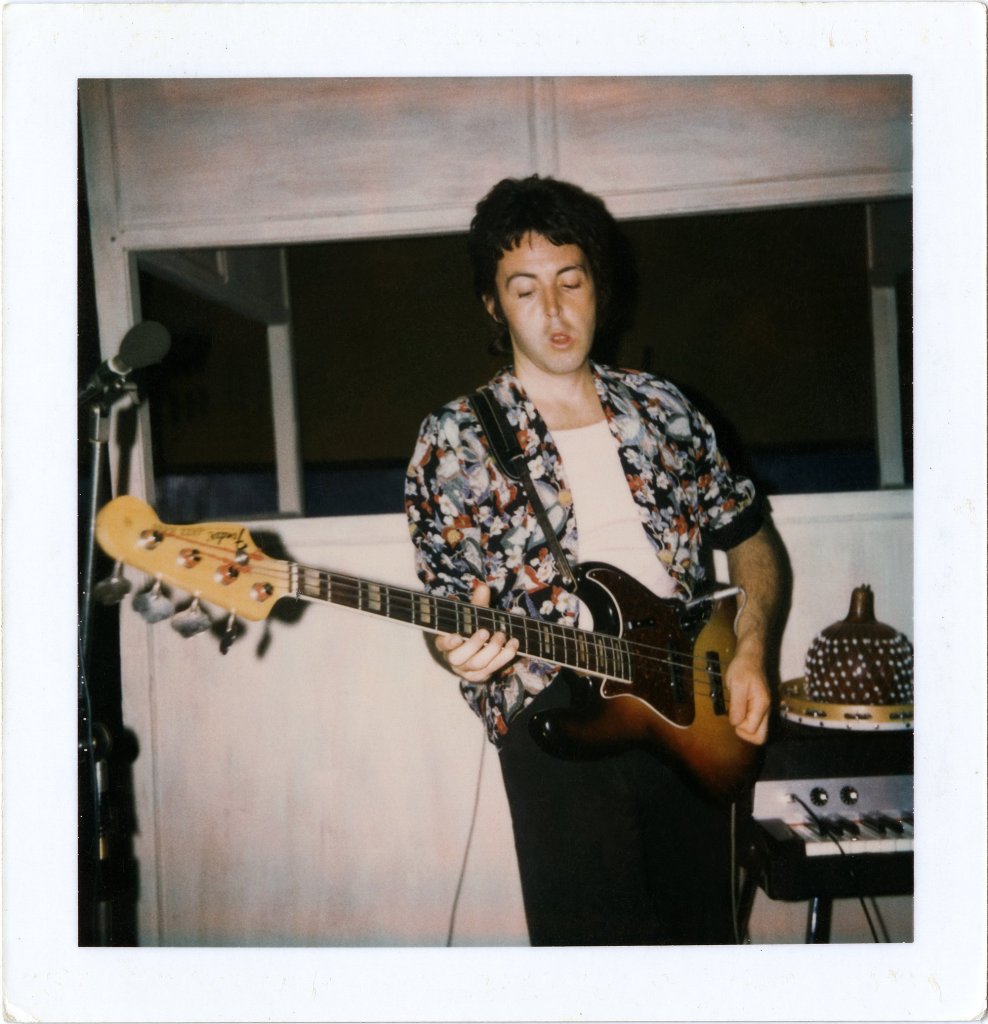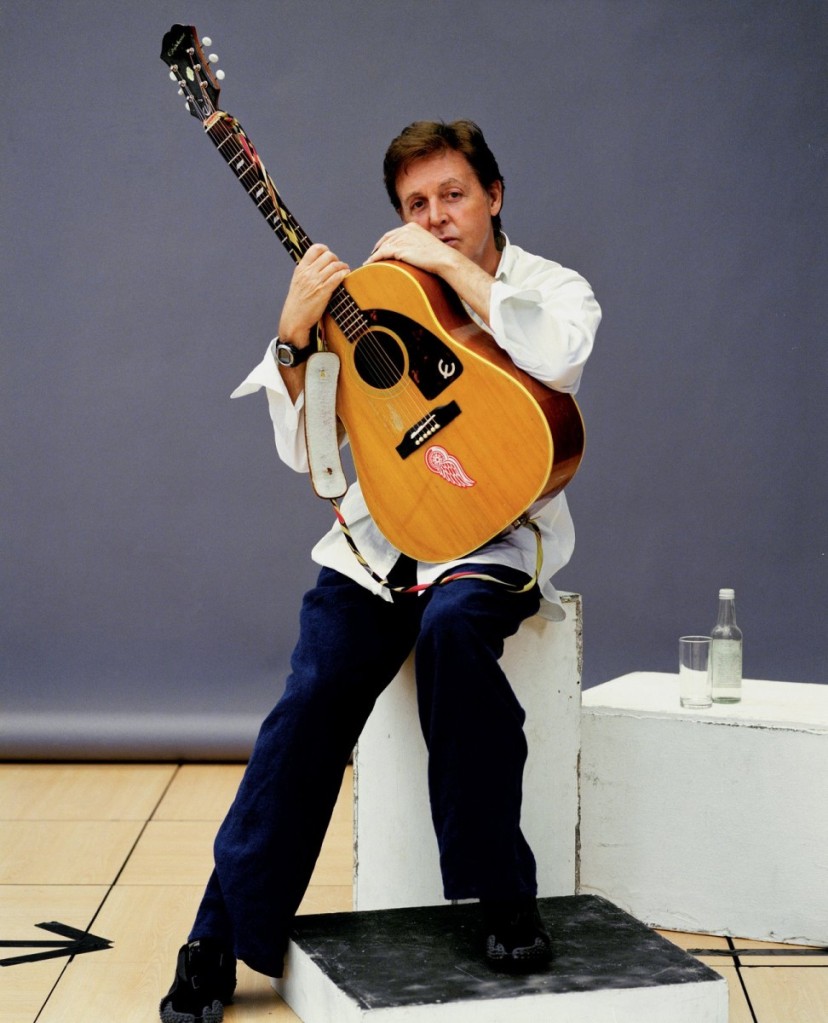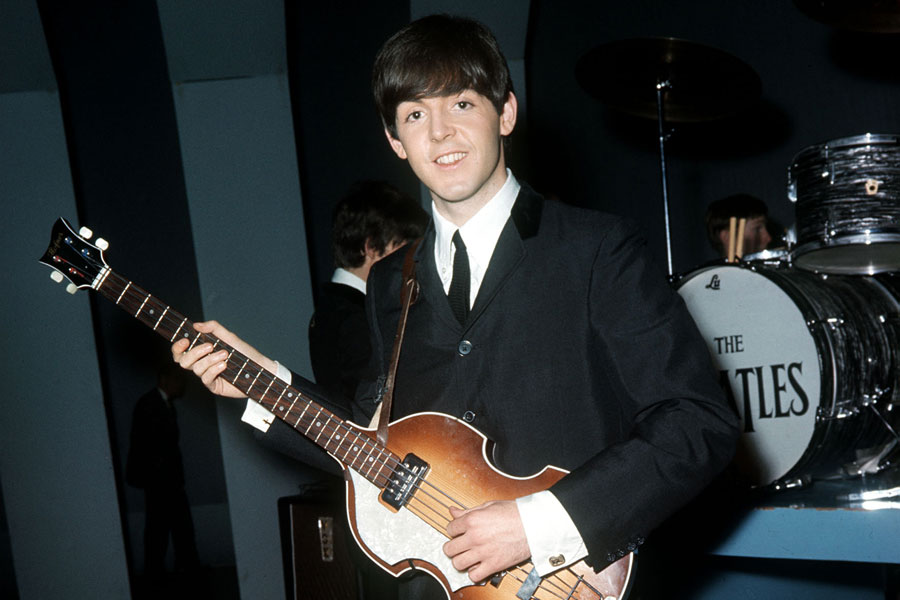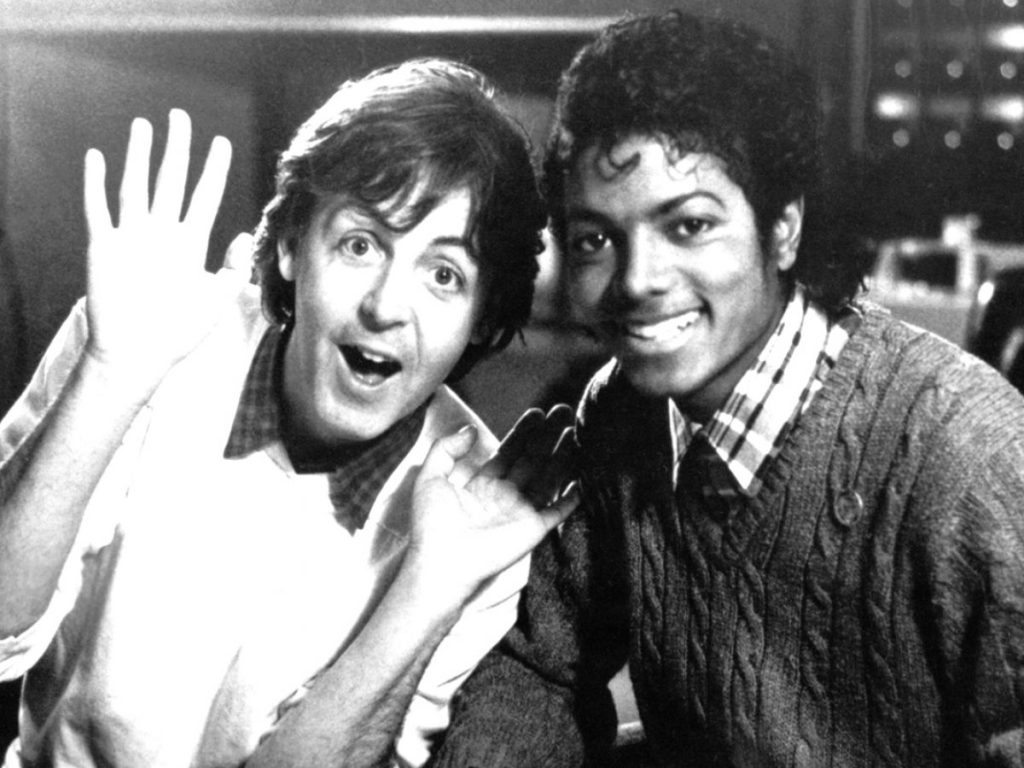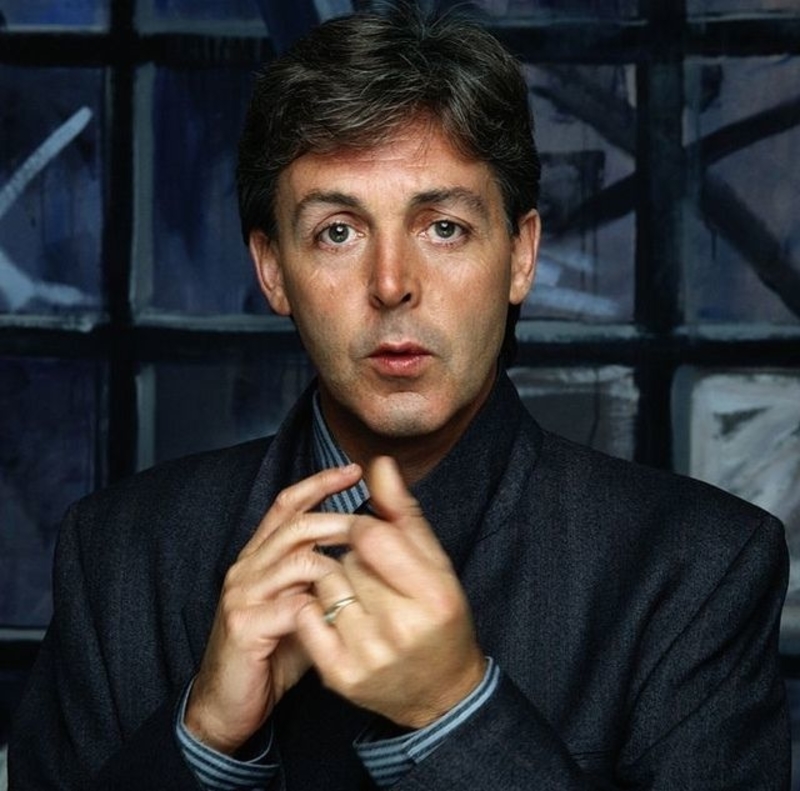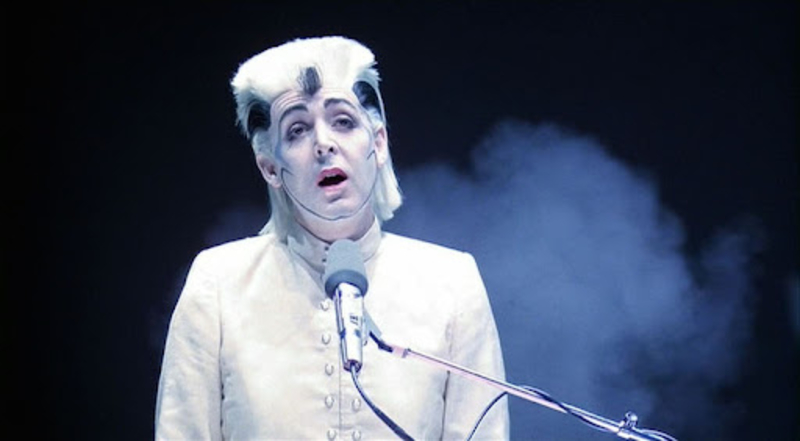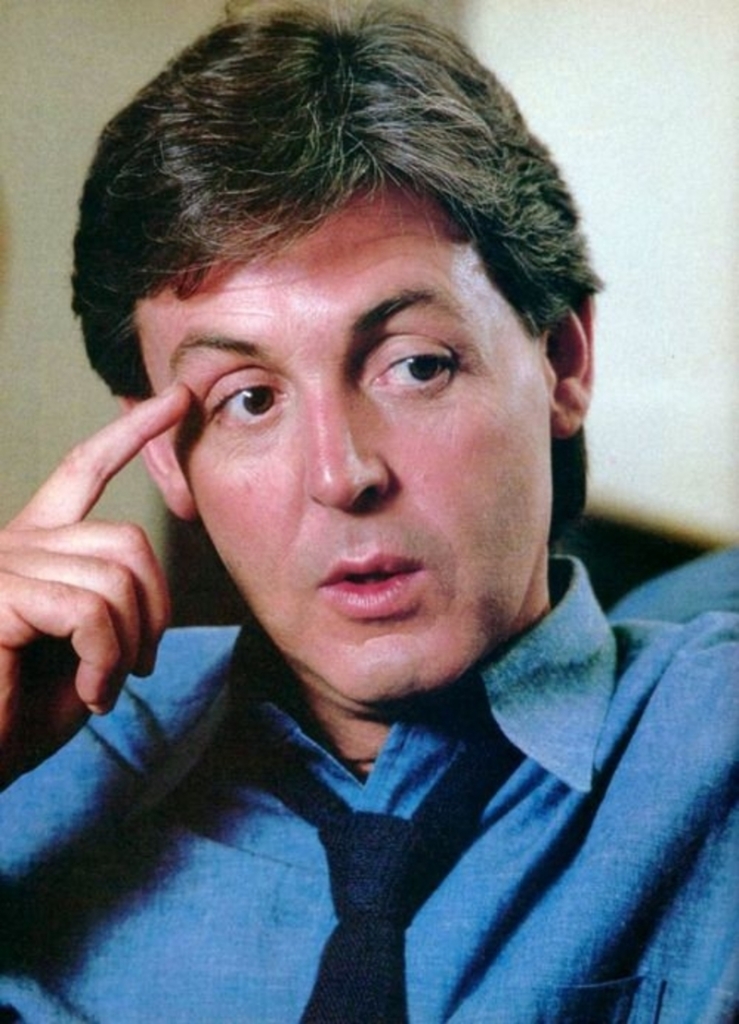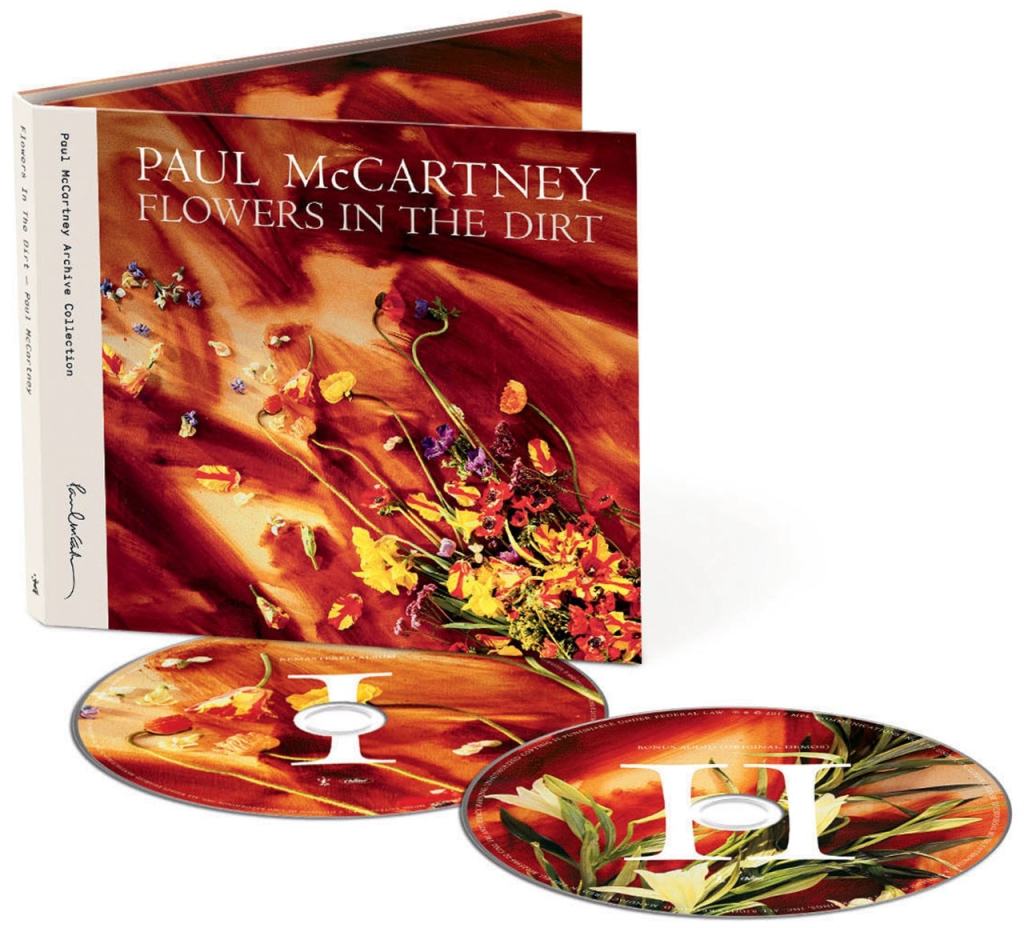I don’t know about you, but I love a good guitar solo. There’s something about the way it breaks up a song, adding a splash of beauty or a burst of fire, sometimes emphasising or expanding the theme of the track and sometimes taking you on a detour from it, giving you a breather before plunging you back in. When played well and used judiciously, it can be an integral part of a song, so much so that you can’t imagine it without the solo. The Beatles were masters of the guitar break, even when their musical palette began to extend beyond their original two guitars/bass/drums format. Usually performed by George, but occasionally by Paul or John, their solos were often perfectly pitched components of their material, usually avoiding the flashy pyrotechnics of contemporary guitar heroes such as Jeff Beck, Eric Clapton or Jimi Hendrix. The Fabs’ guitar parts were there to service the song, not the other way around, and there are scores of great examples throughout their catalogue, from ‘I Saw Her Standing There’ to ‘Free as a Bird’. And powerful solos remained a feature of their solo work, with Macca’s output producing more than its fair share of sublime six-string moments.
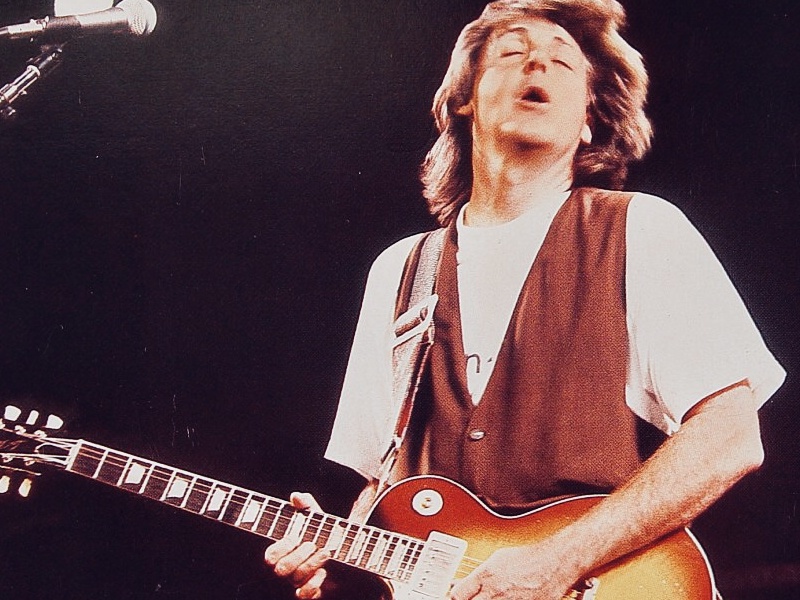
In compiling a list of my favourites, I’ve opted to draw on the best solos featured on his post-Beatles records, regardless of who played them. And Paul has worked with a number of great guitarists, both regular collaborators in Wings and his other backing bands, and via occasional hook-ups with famous pals like Dave Gilmour, Pete Townsend and Steve Miller. All of these have contributed some excellent work but, of course, McCartney’s a none-too shabby player himself and has just as often handled lead guitar duties. For all his prowess as a bassist, it’s something he really loves – as he said when discussing the bluesy track ‘C Link’ on 2018’s Egypt Station: “I’m still thrilled with having the privilege of being able to go up to an amp, turn it on, get my guitar, plug it in and play it very loud. It’s a thrill, and it’s never stopped being a thrill.” His playing is very distinctive and quite different to George Harrison, who was known for painstakingly crafting his guitar parts and practicing them until they were as good as could be. Paul is more someone who goes for ‘feel’, improvising, relying on his musical impulses and aiming for spontaneity. And when it comes off, as we shall see with some of the examples below, he’s more than capable of capturing lightning in a bottle. It’s ironic, considering one or two bandmates down the years have accused him of overbearing prescriptiveness about what he wanted them to play; I imagine they were probably also a little peeved that he was ultimately often better at their job than they were.

When considering the effectiveness of a guitar solo, it’s impossible to ignore the context of the arrangement it sits within – another thing Macca excels at. Most solos in his music, but especially the best ones, are nestled within a perfectly complementary musical setting. The song tees up the lead guitar to have the maximum impact; it’s not just another part of the track, it’s often the core of it, the moment where the number explodes into life or is elevated to another level, helping to build emotion and sometimes squeeze out even more pathos as the song draws to a close (although it doesn’t make my list, check out Gilmour’s performance on 1989’s ‘We Got Married’ as a terrific example of all this). Context is everything, as I will discuss. There are many great solos from throughout his career which didn’t quite make the cut – honourable mentions (all played by the man himself) include the dippy, dreamy part in ‘Man We Was Lonely’ (1970), the stinging, all-too brief sequence which closes out 1973’s ‘No Words’, the stylish acoustic performance in ‘Dress Me Up As A Robber’ (1982) and the playful, irresistible break in ‘Press’ (1986). But – air guitars at the ready – here are the ones, in order, I consider to be the best.
10. ‘Biker Like An Icon’ (Paul is Live, 1993)
Robbie McIntosh, who worked with Paul from 1988-93, is my favourite of the lead guitarists from McCartney backing bands down the years, and he was probably at his best in the live arena (he even had solo spotlight moments in the two world tours he was part of). Nowhere is this more evident than on this rocking Off The Ground number, which really came to life on stage. Robbie’s growling slide part drives the entire song, but when he cuts loose for the solo, the effect is just exhilarating. It’s an edgy, snarling performance which cranks up the drama of the lyric, and ends with a delightful Harrison-esque flourish which sets up Macca to scream his heart out on the final choruses. Fabulous.
9. ‘The Note You Never Wrote’ (Wings at the Speed of Sound, 1976)
This is a curious track all round, a eerie, elusive story-song written by Paul but sung by Denny Laine over a desolate, low-key arrangment. Low-key that is, until to you get to its brilliant centrepiece, a dazzling solo by Wings Mk.2 guitarist Jimmy McCulloch. In fact, the whole number seems to be geared around that moment, especially the middle section which slowly, wordlessly builds up to it. But, boy, is it worth the wait – a yearning, emotional tour de force, with some of those unexpected, heart-rending notes Jimmy could often pull out of his back pocket (another example is coming up). You see Paul playing lead guitar on a clifftop in his 1987 video for ‘Once Upon A Long Ago’, but – with this tune’s coastal-flavoured lyric – that’s also the perfect visual setting for the haunting, windswept solo here.
8. ‘Good Times Coming/Feel The Sun’ (Press to Play, 1986)
Regular David Bowie collaborator Carlos Alomar plays lead on this, and it’s so good. Awash with 1980s production values, this track mixes loose, reggae-style verses and an infectious, galloping chorus before falling into a hazy, dreamlike middle section. You wonder where it is going, and then the solo erupts out of nowhere, like a sharp stab of reality intruding on proceedings – a theme echoed by the warning in the final verse which follows (“That was a golden summer/Before the war…”), brilliantly undercutting the bouncy optimism of the earlier lyrics. It’s expert songcraft, and Alomar’s deftly-played, swooping-and-climbing solo is key to its success.
7. ‘Letting Go’ (Venus and Mars, 1975)
Another shining moment for Jimmy McCulloch, perhaps his best on a Wings record. Compared with offerings from other axe heroes of the day, it’s a tight, economical performance, and yet he manages to express so much in it. He perfectly captures the romantic-yet-raunchy swagger of the song, and the final pulsating notes when the horn section powers in behind him are jaw-droppingly good. On the live version of the track (available on 1976’s Wings Over America) he also gets to reprise and extend his solo over an extended finale which, along with Paul’s astonishing vocal, ranks among the highlights of Macca’s live career.
6. ‘The Man’ (Pipes of Peace, 1983)
I’ve previously described Paul’s solo in this as joyous, and it really is. We get a taste of it in the intro section, but the fun really begins when it returns midway through the song. Heralded, as at the start, by a stirring burst of strings arranged by George Martin, it’s a perfect fit for the upbeat, life-affirming nature of the tune. Macca’s playing is so fluid and super-melodic, and I love the Isley Brothers-style tone he gets out of his guitar. It’s a giddy, sparkling bit of music in its own right, guaranteed to lift you up on the darkest of days.
5. ‘Maybe I’m Amazed’ (McCartney, 1970)
This had to be in here. It may not be a particularly complex guitar break, the best recorded or the most technically proficient, but it oozes heart and passion. Arriving quite early in the song (like he can’t wait to express himself), it seems to encapsulate the sense of wonder and freedom he had discovered with Linda and the kids away from the madness of The Beatles. As with his vocal on this track, there’s something really deep and primal about his playing, but it also provides a breather before the second pass at the gut-wrenching “Maybe I’m a man…” passage. And, as if to seal the deal, he repeats and then expands the solo during the song’s glorious coda. Magical. All of his regular live guitarists have done this magnificent part justice in concert, but none have ever truly matched it.
4. ‘Too Many People’ (Ram, 1971)
Released at the height of the public spats between the now ex-Beatles, this saw Macca take aim at – among other things – John and Yoko’s “preaching practices”. But the anger and resentment he clearly felt at this time isn’t confined to the lyric and his impassioned vocal; it really boils over into his guitar playing. The strident solo at the centre of the song is good, but he unleashes all his fury and frustration into the lengthy closing section (starting just after the three-minute mark) with some extraordinary extemporisation, his instrument becoming almost like a weapon. Matched by the scratchy, spiky tone he gets from his guitar, it’s a brilliant instance of how music can articulate feelings without a word being sung.
3. ‘My Love’ (Red Rose Speedway, 1973)
An example of where Paul didn’t know best. At a recording session with a live orchestra on standby, this famously saw Wings’ first lead guitarist Henry McCullough request to change the solo he had been playing (presumably at Macca’s instruction) for months on stage and in rehearsal. He thought he could come up with something better and, if you listen to that original live version from 1972, there is no question that he did. It’s simple but beautifully constructed, stretching out the song’s core melody in tender, graceful fashion, in perfect harmony with the lush strings cradling it. It’s a solo worth humming in its own right, it’s so good. McCullough’s bluesy style probably wasn’t generally a great fit with Paul (he left Wings not long after this was released), but his presence in the band was justified by this performance alone.
2. ‘No More Lonely Nights’ (Give My Regards To Broad Street, 1984)
While I’ve never been a big fan of Pink Floyd, I’ve always liked Dave Gilmour’s guitar playing, and he brings something special to this classic McCartney ballad. You may have seen the fireworks which light up the London night sky in the video for the song; to me, Gilmour’s solo delivers a similar effect in the tune’s middle section, his soaring, elegant playing lifting the whole enterprise up towards the heavens. But, like ‘Too Many People’, his masterful performance on the extended ‘outro’ is perhaps even better. It helps take things in a different direction altogether, adding muscle and grit, and bringing out the melancholy quality lurking at the heart of the song.
1. ‘House of Wax’ (Memory Almost Full, 2007)
It’s remarkable that Paul produced what I think is his greatest solo guitar performance so late in his career; and, not only that, he gave us two for the price of one. This brooding masterpiece sets its stall out from the opening, disquieting piano chords, and slowly builds with a menacing, string-laden arrangement, obscure lyric and tortured vocal. By the time you get to the first guitar break, the intensity is almost unbearable, and his raw, jagged playing is like lighting bolts tearing through a storm at sea. But when he returns later for a second run at it, he sounds almost unhinged, and the effect is near apocalyptic. It blew my mind when I first heard it, and still does today. For me, ‘House of Wax’ remains Macca’s best song of the 21st century (to date), and his astonishing guitar part on it is among the main reasons why. Don’t take my word for it, just listen.
